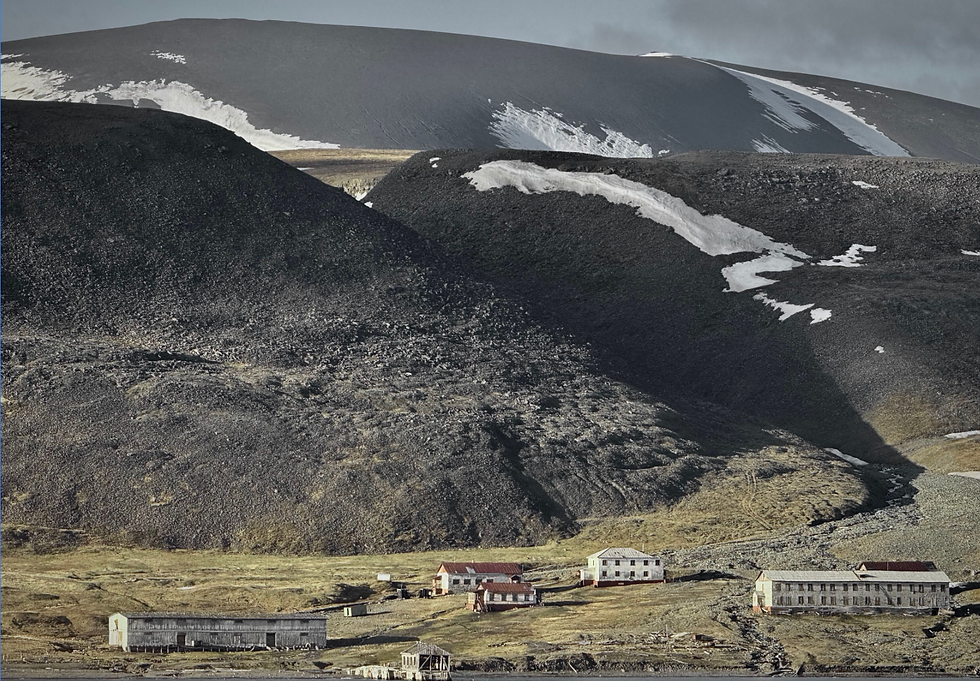Svalbard
- Lynn Pearce

- May 30
- 1 min read

The Arctic archipelago region known as Svalbard, has for more than a century generated it's natural wealth from the development of large scale coal mining. Longyearbeyan, the so-called capital of Svalbard, was founded by American industrialist John Munro Longyear.
His Arctic Coal Company operated mines across the archipelago from 1906 bringing prosperity to generations of Norwegian, Swedish and Russian miners licensed to develope and dig the mines.
While Norway has sovereignty over Svalbard, providing it with bare-bones government services and infrastructure, the majority of residents are Norwegian. However, the other major settlement of Barentsburg, is a Russian state-owned coal mining community with roughly 500 Russian and Ukrainian residents. Russia plans to slash the Barentburg's mine production by 60% over the next decade to increase tourism to the region.
The Norwegian state- owned mine, Gruve 7, was due to be closed in 2023 but plans were postponed when war broke out between Russia and Ukraine. The Gruve 7 mine is Norways sole remaining coal mine arguably being kept minimally operational to uphold Norways sovereignty over Svalbard rather than for profitable resources.
The Swedish state owned mine, Sveagruven, was once one of the largest coal mines in Europe but was completely transformed from 2016 into a large-scale environmental restoration project, led by the Norwegian Ministry of Trade,Industry & Fisheries. Buildings were torn down, heavy equipment removed and the land leveled of any future human activity.
The Norwegian Government hailed the Svea rewilding project a massive success and clear commitment to it's green environmental strategies.






Comments